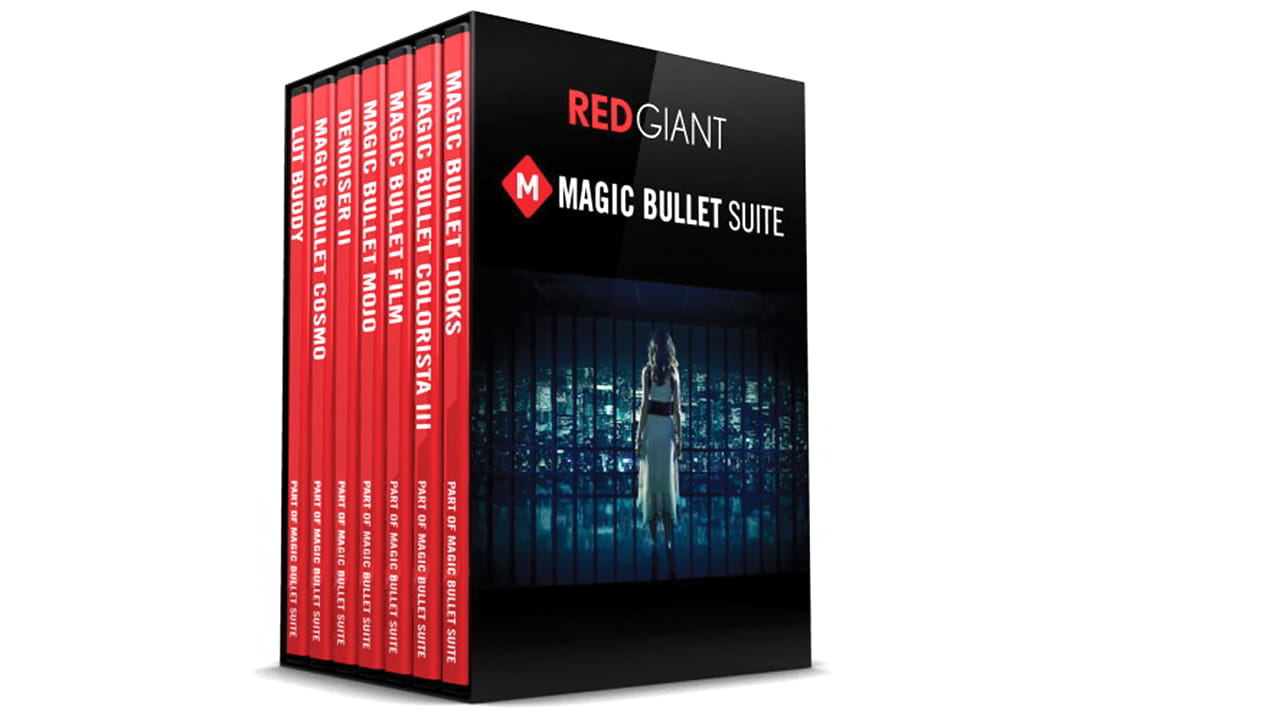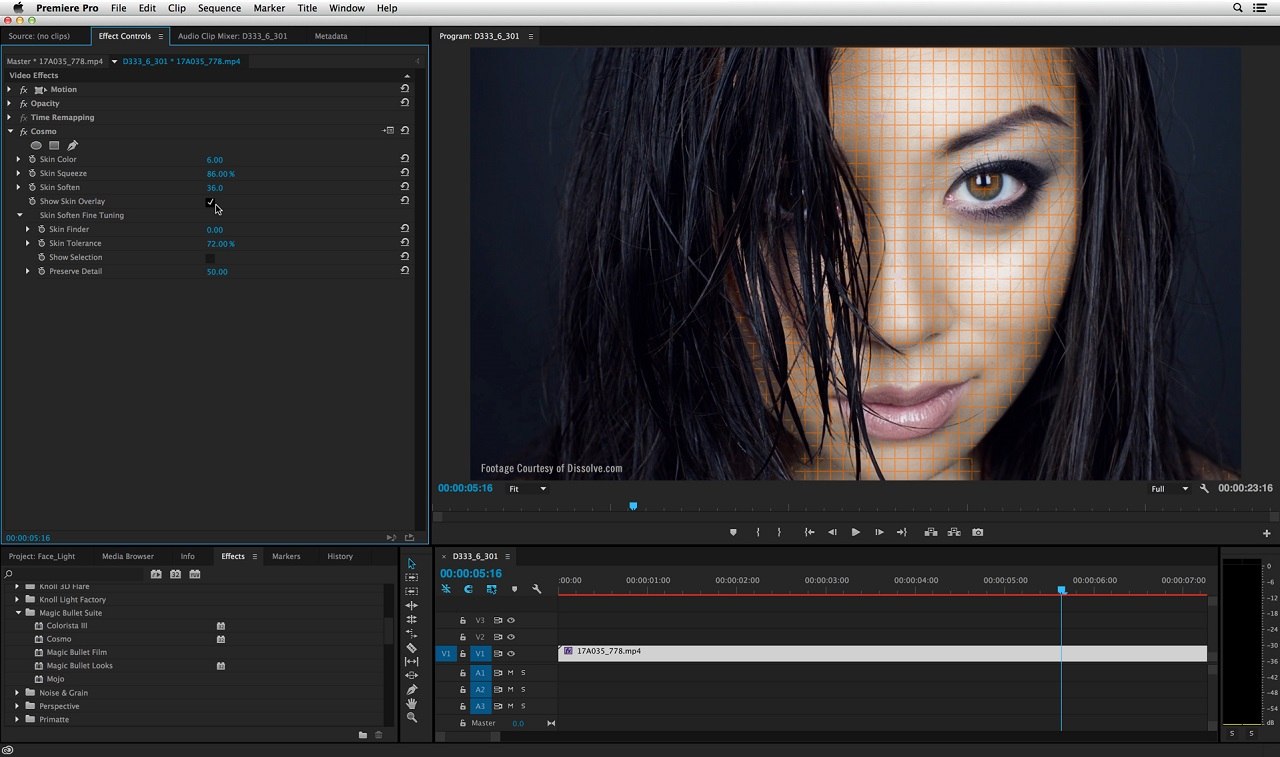
Red Giant Magic Bullet Suite: Complete Buyer's Guide
GPU-accelerated color grading solution bridging basic filters and advanced AI platforms
Red Giant Magic Bullet Suite positions itself as a GPU-accelerated color grading solution bridging the gap between basic automated filters and advanced AI platforms, though it relies primarily on algorithmic presets rather than true neural network intelligence[118][154][170]. Following Red Giant's 2019 acquisition by Maxon, the suite continues serving mid-tier production studios through film emulation presets and technical color correction capabilities[125][130][134].
Market Position & Maturity
Market Standing
Red Giant Magic Bullet Suite occupies a middle-ground position in the color grading market, positioned between entry-level automated filters and advanced AI platforms following Red Giant's 2019 acquisition by Maxon[119][156][165].
Company Maturity
Company maturity under Maxon ownership provides stability advantages, though post-acquisition pricing and licensing model changes require verification[126][151].
Industry Recognition
Industry recognition appears limited compared to market leaders, with DaVinci Resolve dominating professional workflows and newer AI-powered solutions gaining traction among forward-thinking studios[119][156][165].
Strategic Partnerships
The integration with Maxon's broader product ecosystem may offer strategic advantages for users of Cinema 4D and other Maxon tools, though specific synergies remain unclear from available research.
Proof of Capabilities
Customer Evidence
Mid-tier production studios report consistent results in technical workflows, particularly for skin tone correction using Cosmo II, though creative applications reveal limitations where algorithmic presets struggle with nuanced emotional tones[139][170][173].
Quantified Outcomes
Performance validation shows 40-60% time reduction in initial color balancing tasks when using Looks' presets, though this efficiency gain applies primarily to technical corrections rather than creative applications[120][149][178].
Market Validation
Advertising agencies processing social media content represent the suite's strongest validation segment, where batch processing capabilities and preset-based standardization deliver measurable efficiency gains[128][143].
AI Technology
Magic Bullet Suite's technical foundation centers on GPU-accelerated algorithmic processing rather than true neural network integration, representing a fundamental distinction from genuine AI-powered color grading solutions[118][154][170].
Architecture
The core architecture relies on 200+ film-emulation presets with customizable strength controls, enabling technical color correction through algorithmic automation[134][158]. GPU-accelerated rendering provides real-time previews in Adobe Premiere through native OpenCL support, offering immediate feedback for color adjustments[125][130].
Primary Competitors
DaVinci Resolve's Neural Engine, Colourlab AI, Color.io
Competitive Advantages
Local processing capabilities avoiding cloud dependency concerns, 200+ film-emulation presets with customizable strength sliders, real-time GPU-accelerated rendering enabling immediate feedback in Adobe Premiere through native OpenCL support[149][161][134][158][125][130].
Market Positioning
Market positioning reveals Magic Bullet Suite closer to basic automation tools than sophisticated AI platforms, affecting its competitive standing within AI-focused workflows[118][154][170].
Win/Loss Scenarios
Win scenarios favor Magic Bullet Suite for security-conscious studios requiring local processing, Adobe Premiere-focused workflows, and preset-based standardization needs[149][161][125][130]. Loss scenarios include feature film productions requiring nuanced creative grading, HDR-intensive workflows, and organizations prioritizing genuine AI capabilities over algorithmic automation[170][173][129][137][119][156][165].
Key Features

Pros & Cons
Use Cases
Integrations
Pricing
Featured In Articles
Comprehensive analysis of AI Color Grading Tools for AI Design for AI Design professionals. Expert evaluation of features, pricing, and implementation.
How We Researched This Guide
About This Guide: This comprehensive analysis is based on extensive competitive intelligence and real-world implementation data from leading AI vendors. StayModern updates this guide quarterly to reflect market developments and vendor performance changes.
213+ verified sources per analysis including official documentation, customer reviews, analyst reports, and industry publications.
- • Vendor documentation & whitepapers
- • Customer testimonials & case studies
- • Third-party analyst assessments
- • Industry benchmarking reports
Standardized assessment framework across 8 key dimensions for objective comparison.
- • Technology capabilities & architecture
- • Market position & customer evidence
- • Implementation experience & support
- • Pricing value & competitive position
Research is refreshed every 90 days to capture market changes and new vendor capabilities.
- • New product releases & features
- • Market positioning changes
- • Customer feedback integration
- • Competitive landscape shifts
Every claim is source-linked with direct citations to original materials for verification.
- • Clickable citation links
- • Original source attribution
- • Date stamps for currency
- • Quality score validation
Analysis follows systematic research protocols with consistent evaluation frameworks.
- • Standardized assessment criteria
- • Multi-source verification process
- • Consistent evaluation methodology
- • Quality assurance protocols
Buyer-focused analysis with transparent methodology and factual accuracy commitment.
- • Objective comparative analysis
- • Transparent research methodology
- • Factual accuracy commitment
- • Continuous quality improvement
Quality Commitment: If you find any inaccuracies in our analysis on this page, please contact us at research@staymodern.ai. We're committed to maintaining the highest standards of research integrity and will investigate and correct any issues promptly.